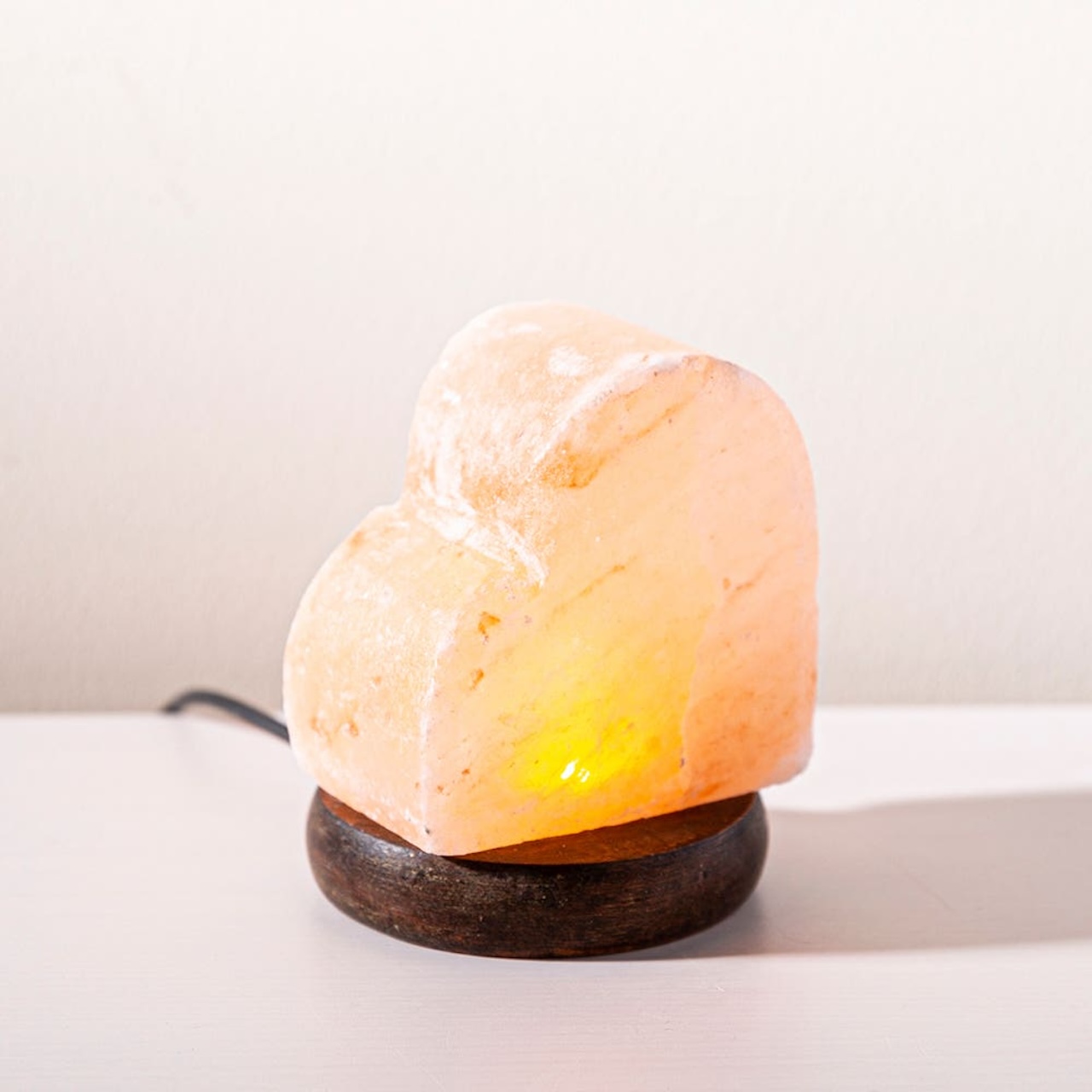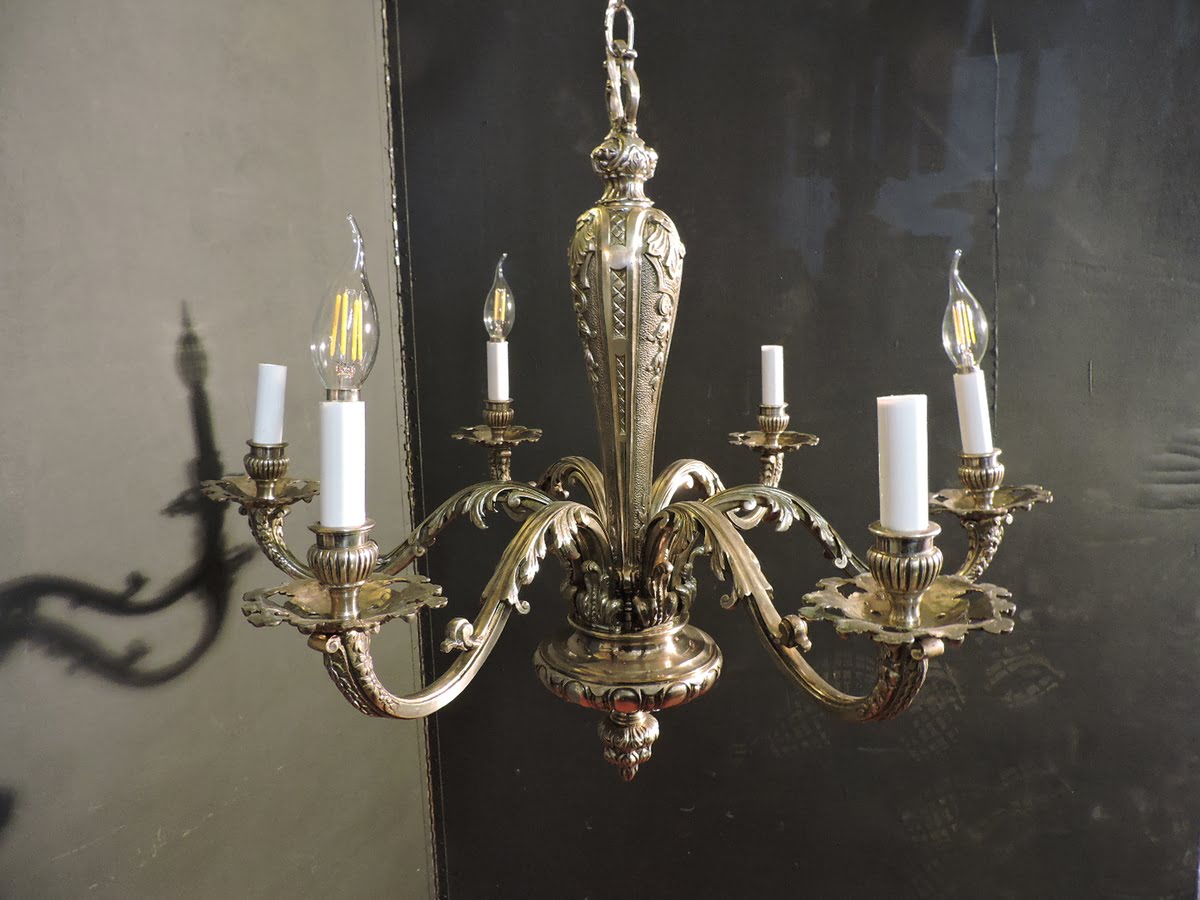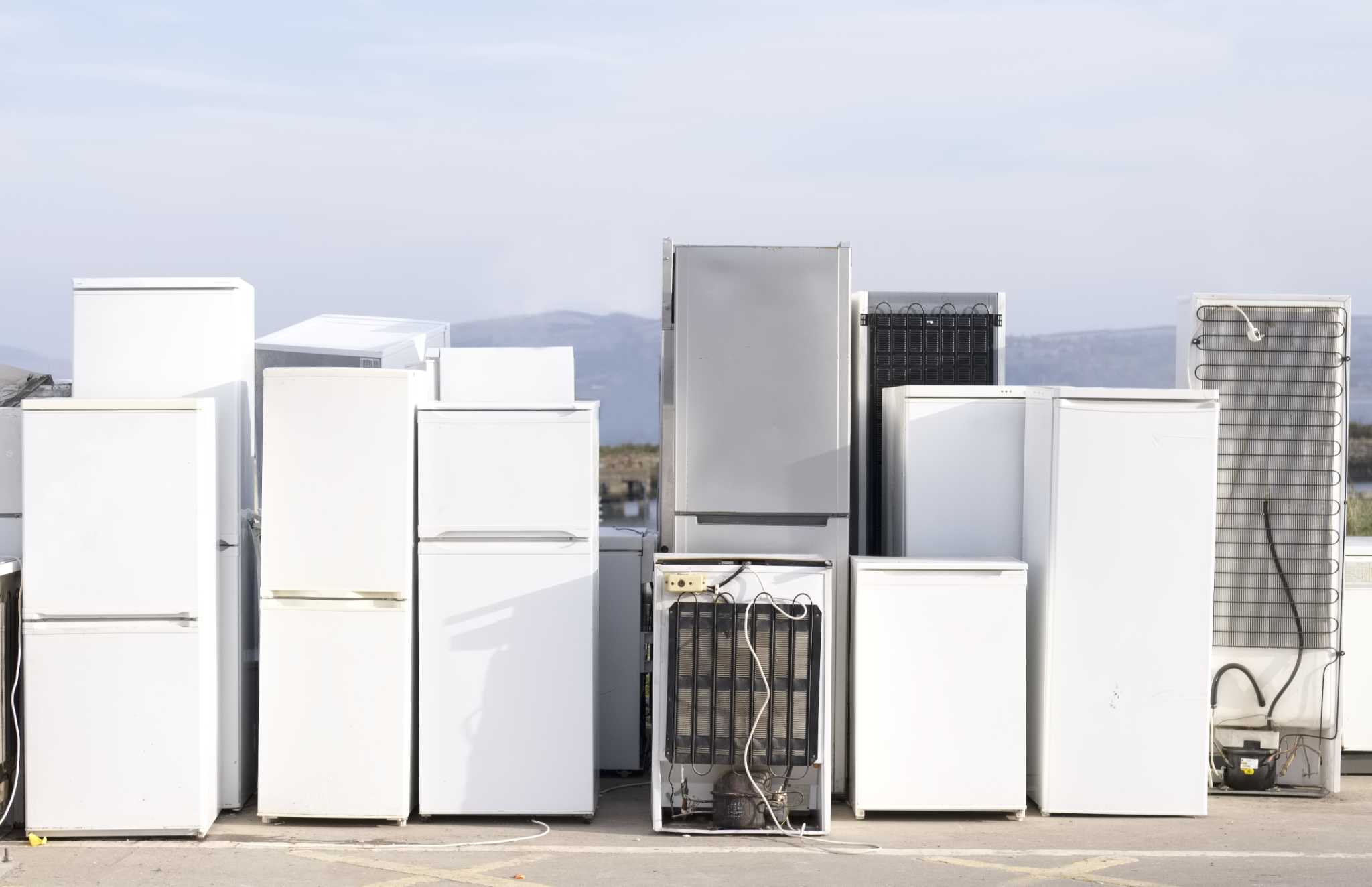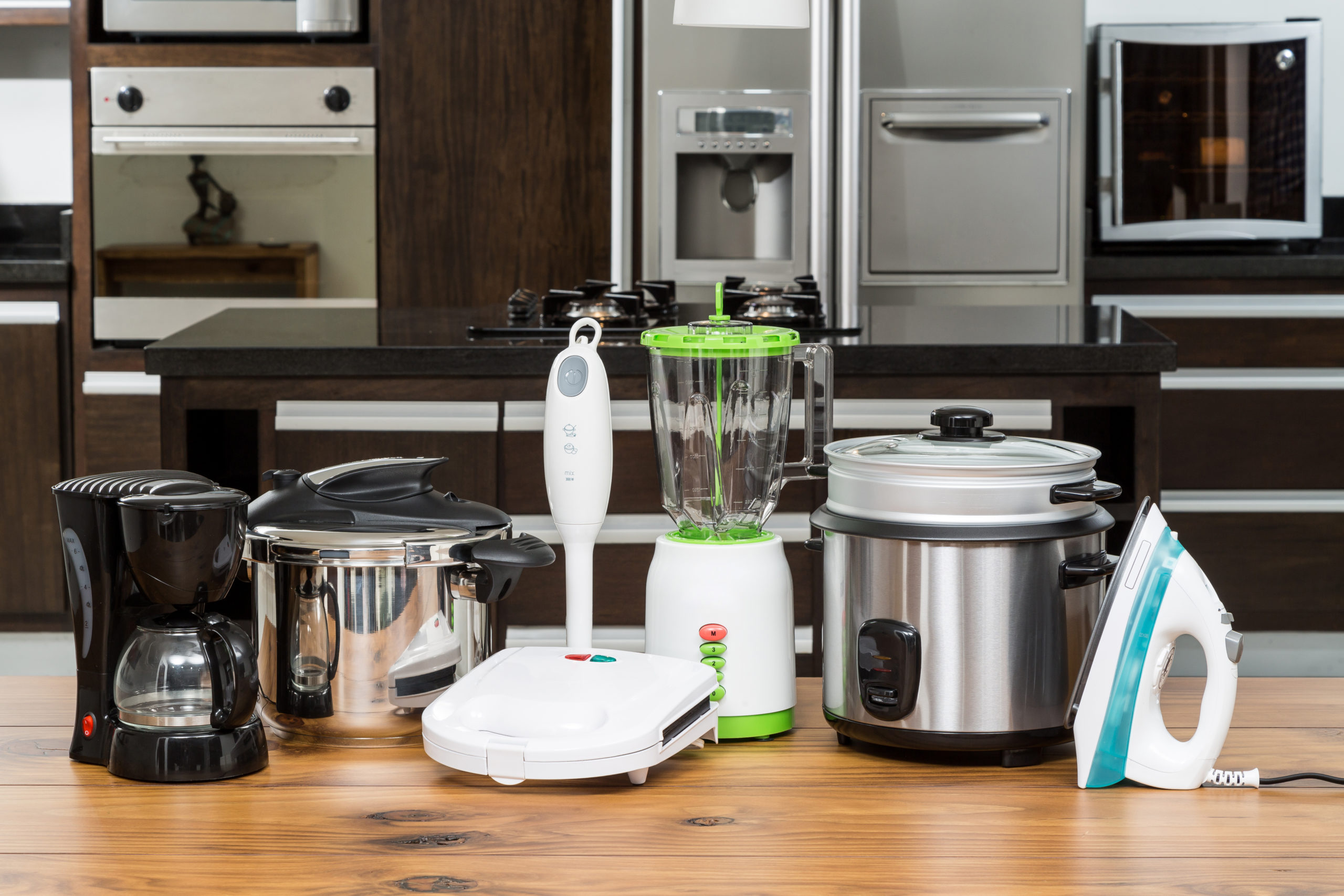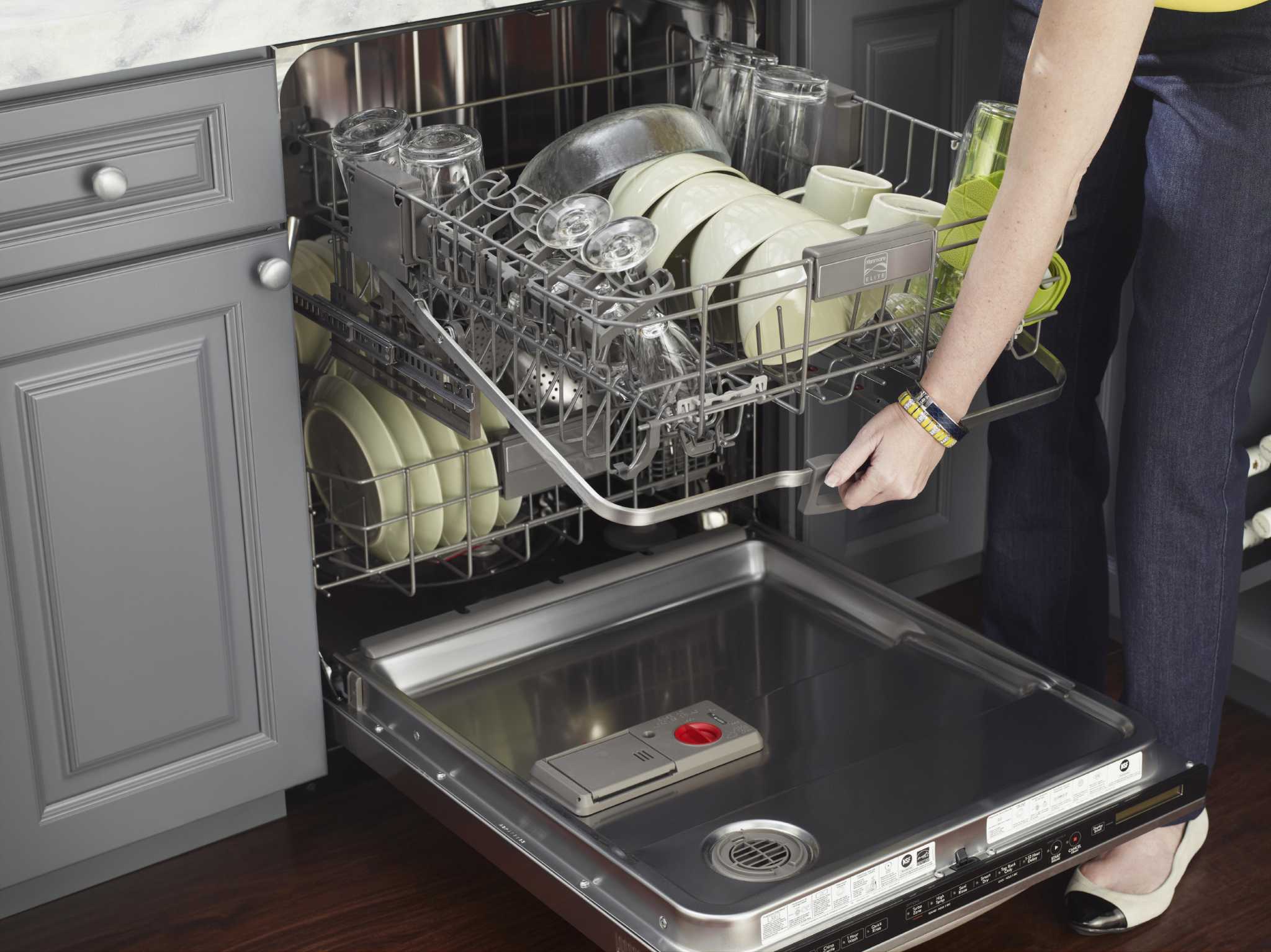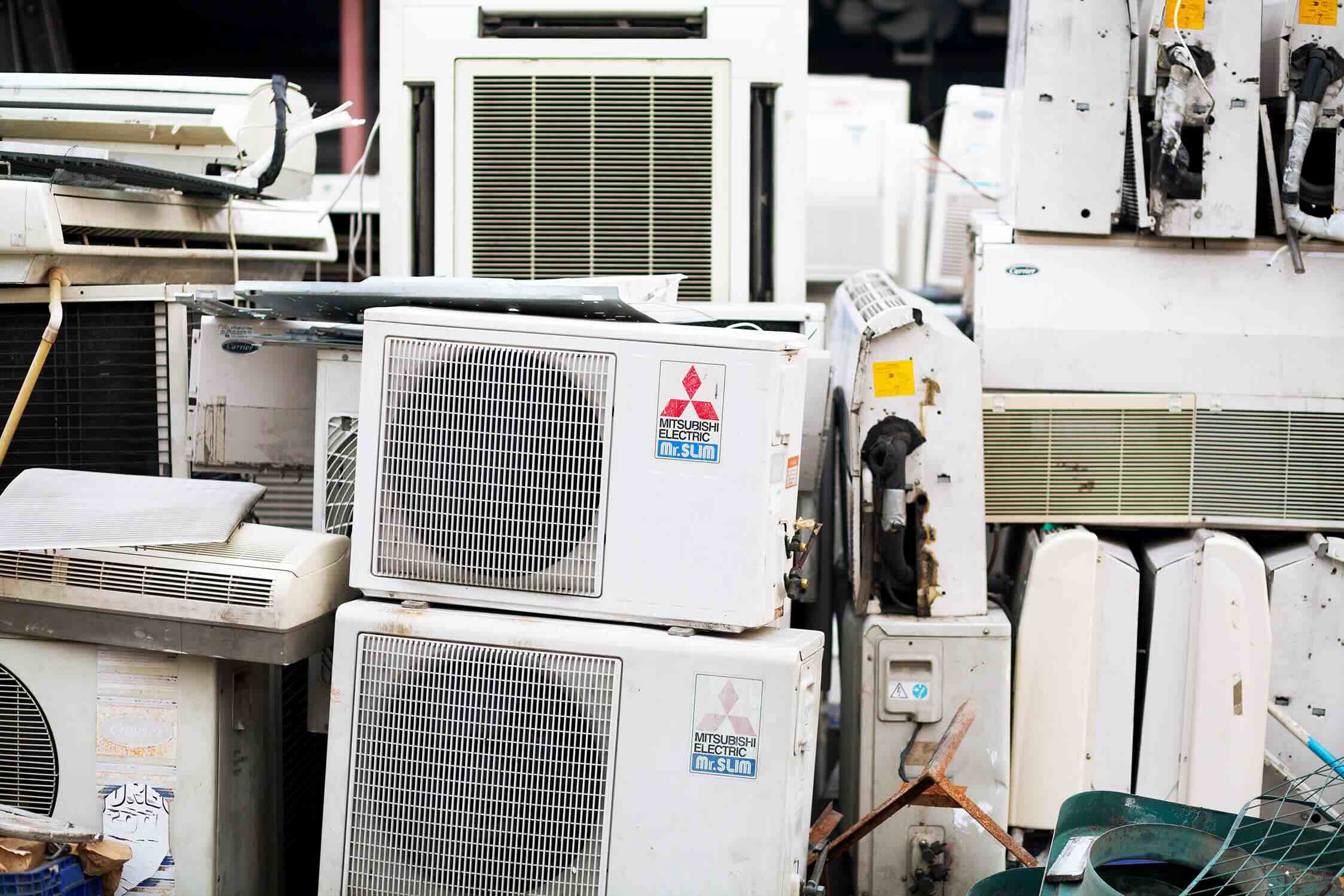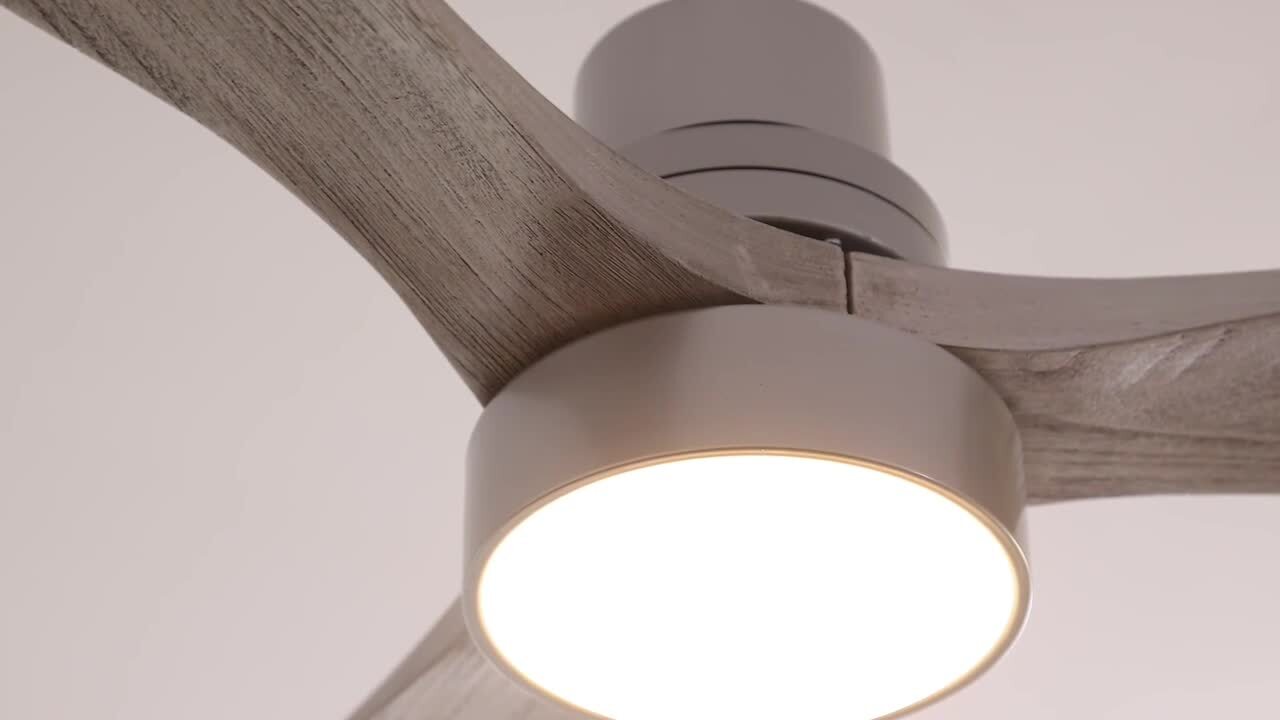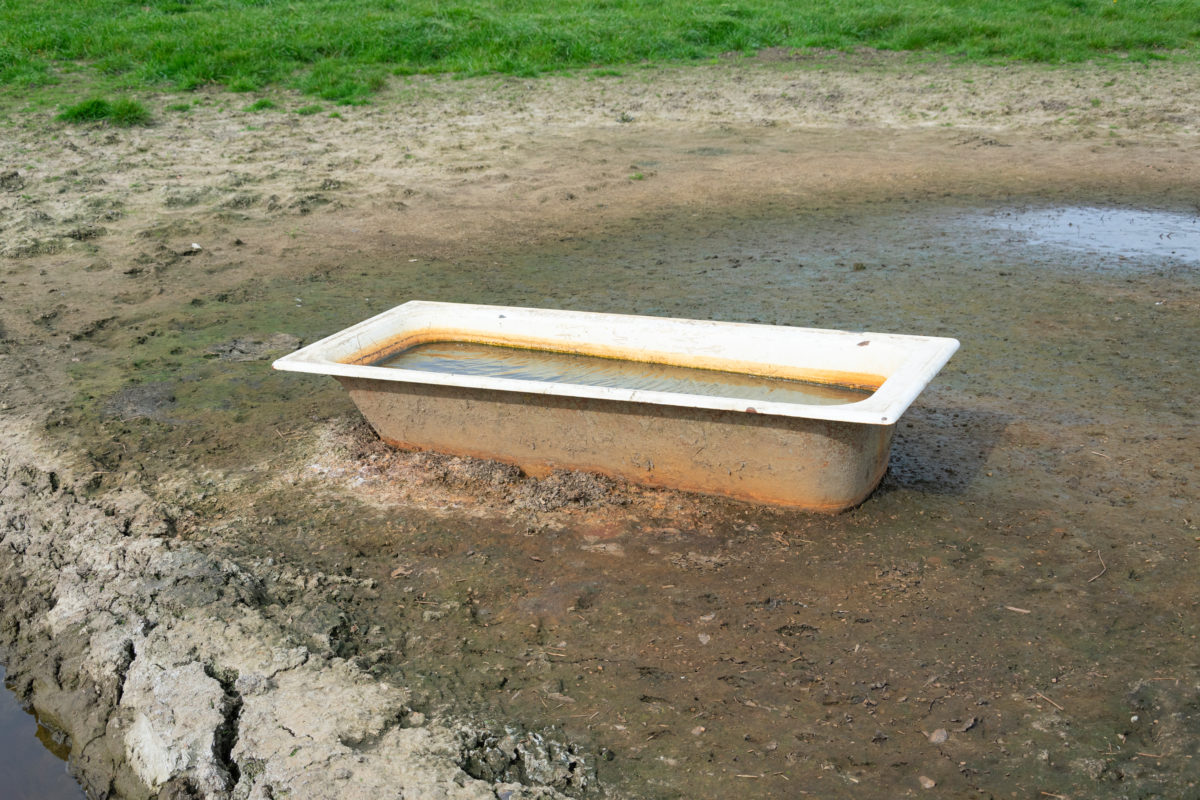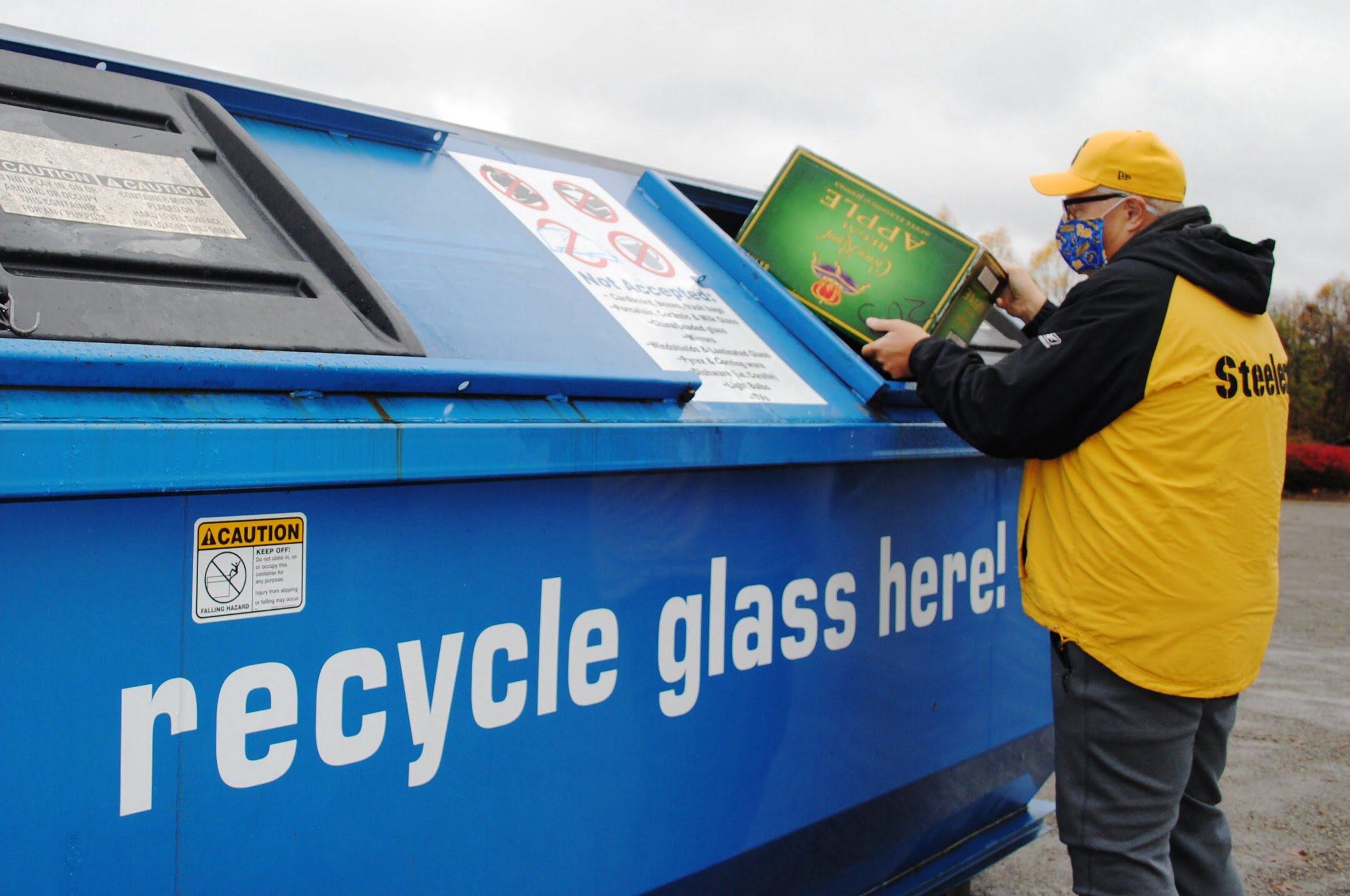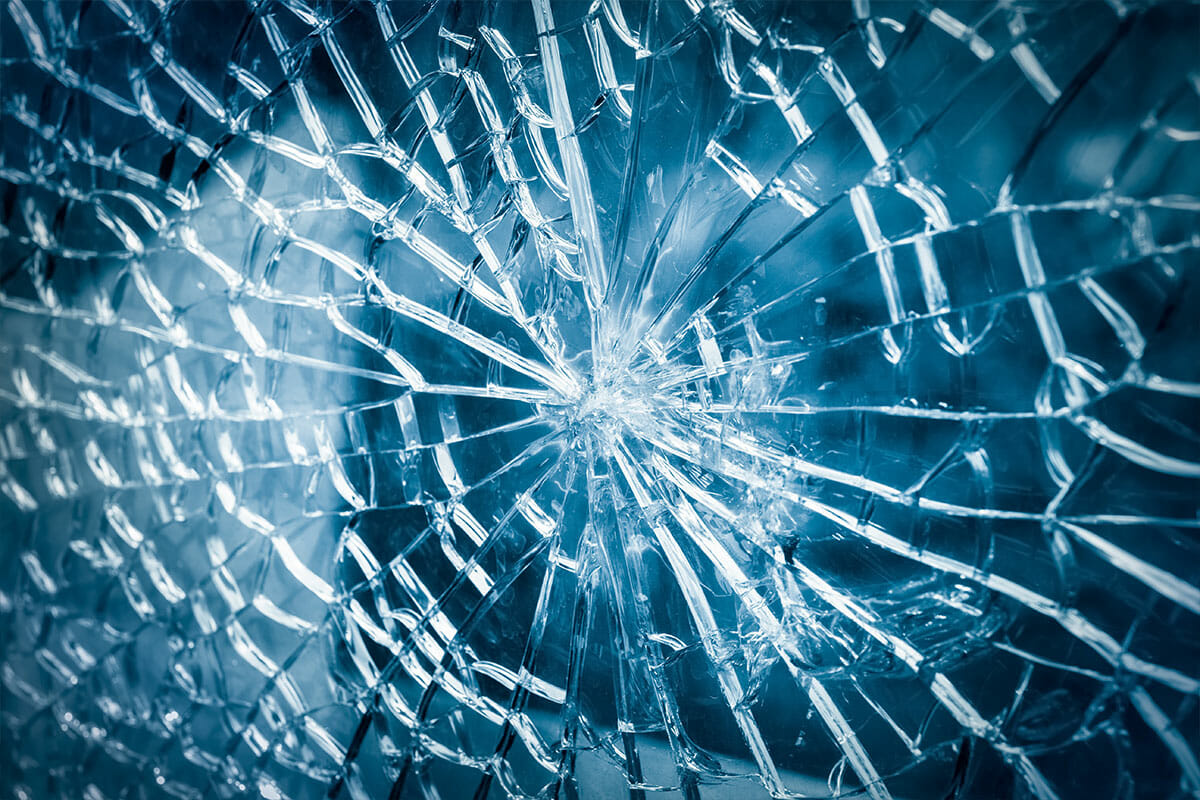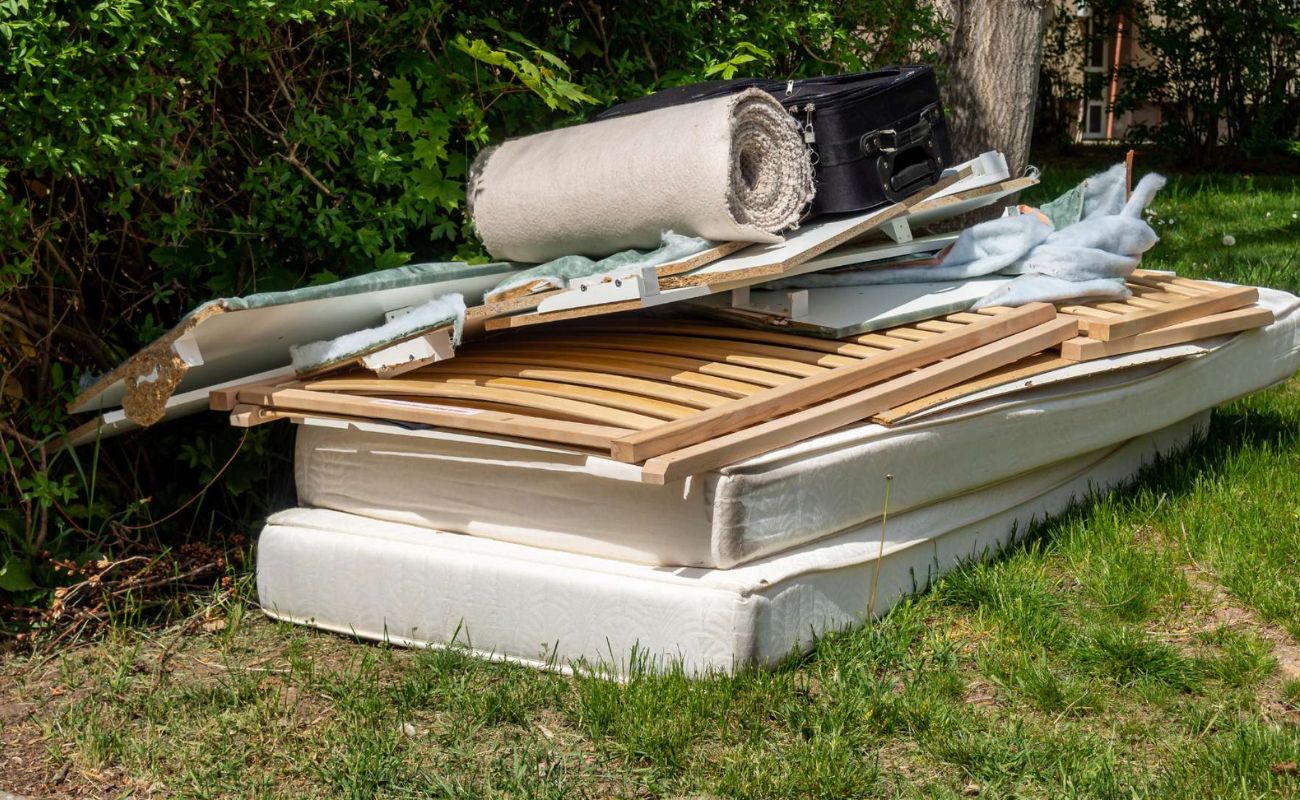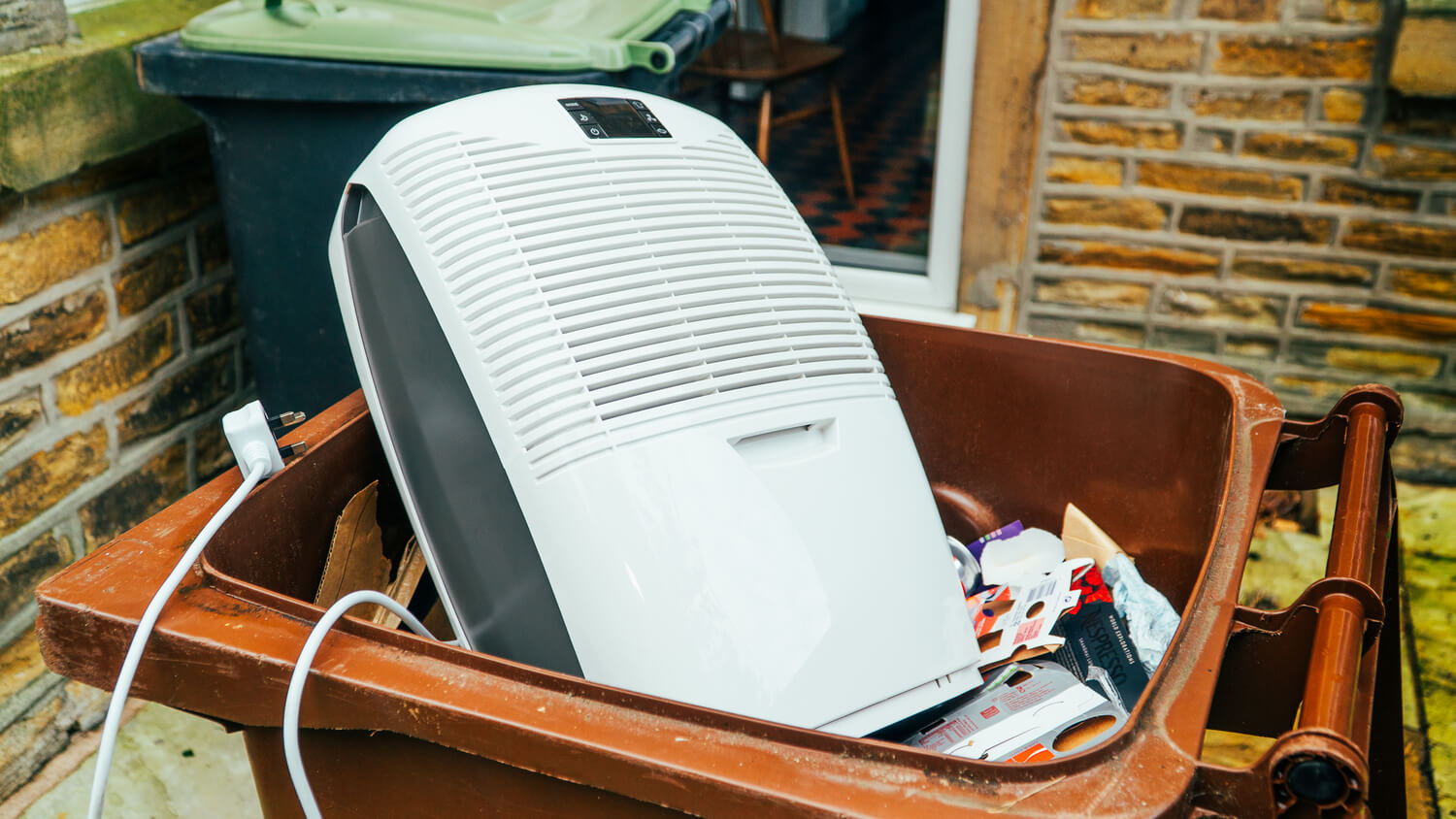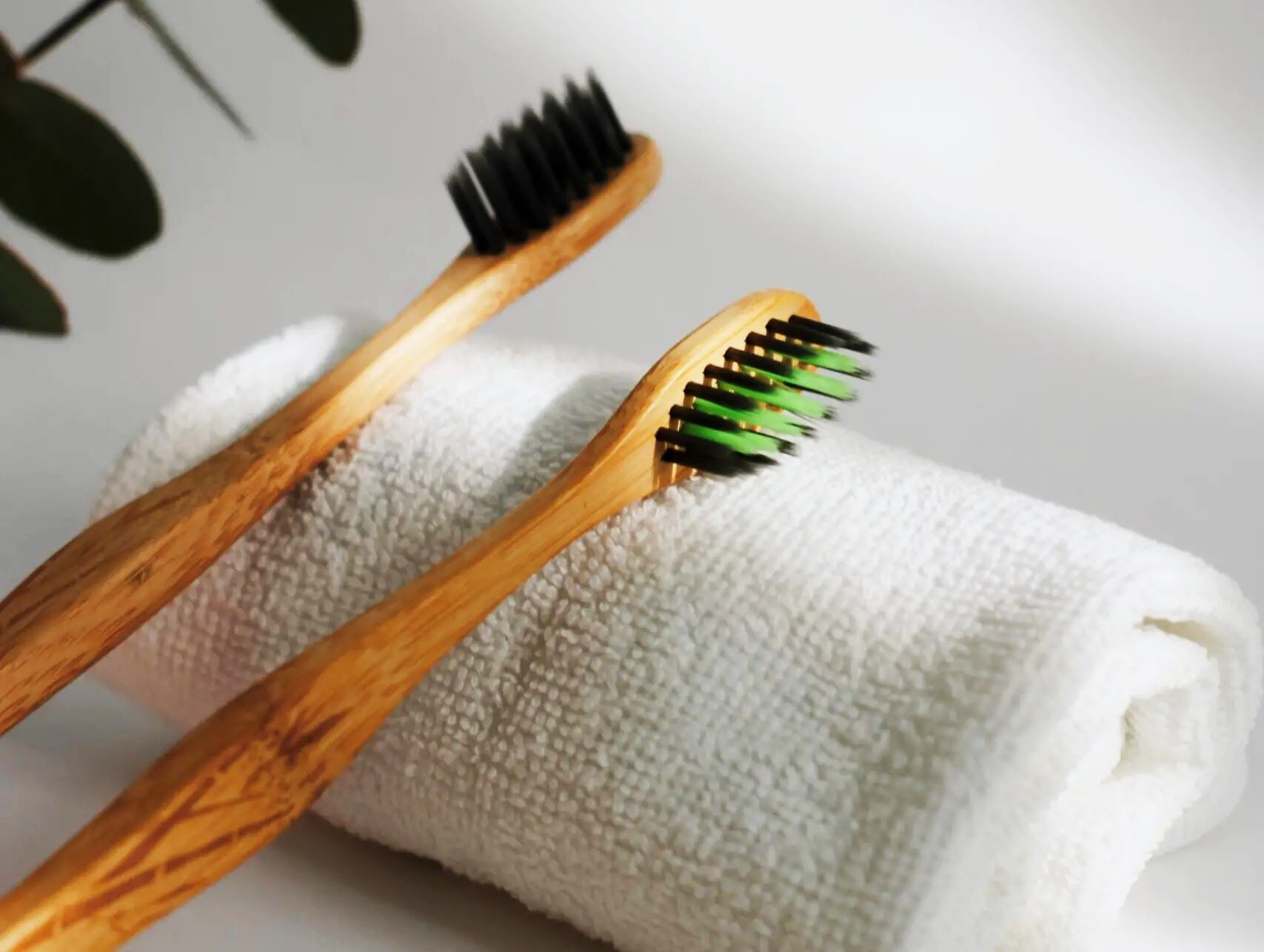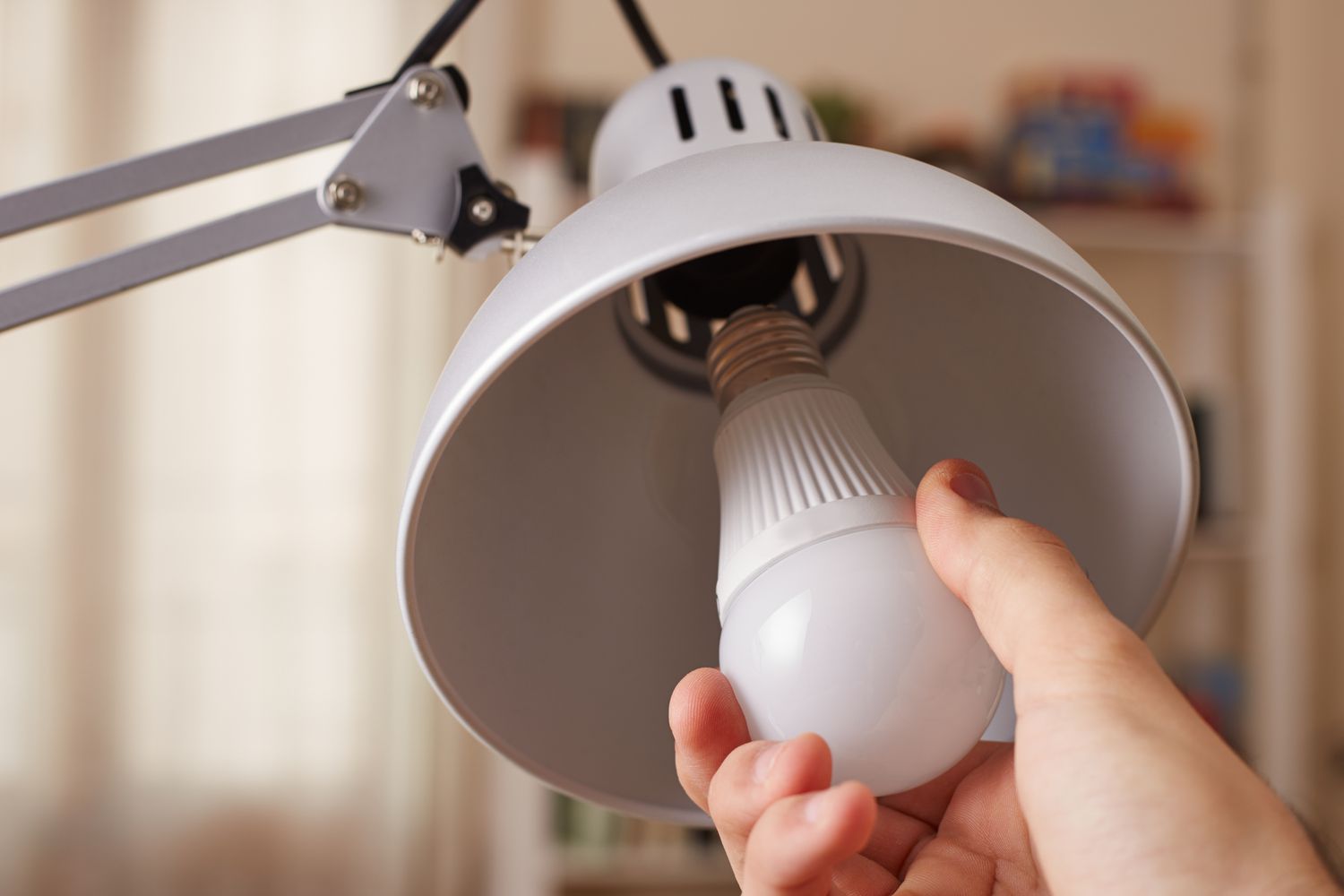

Furniture
How To Dispose Of A Lamp
Modified: February 29, 2024
Learn the proper way to dispose of furniture, including lamps, with our step-by-step guide. Safely and responsibly get rid of your old lamp and contribute to a greener future.
(Many of the links in this article redirect to a specific reviewed product. Your purchase of these products through affiliate links helps to generate commission for Storables.com, at no extra cost. Learn more)
Introduction
When it’s time to say goodbye to your old lamp, it’s important to dispose of it properly. Whether you’re upgrading to a new, more stylish lamp or simply need to make space in your home, knowing the correct disposal methods is essential.
Disposing of a lamp may seem like a simple task, but there are considerations to keep in mind. From checking local regulations to determining if the lamp is still usable, each step plays a vital role in responsible disposal. In this article, we will guide you through the process of disposing of a lamp efficiently and environmentally-friendly manner.
By following these steps, you can ensure that your lamp is disposed of properly, minimizing the impact on the environment and supporting sustainable practices. So let’s get started on this journey to responsibly saying goodbye to your old lamp.
Key Takeaways:
- Dispose of your old lamp responsibly by checking local regulations, determining usability, and researching recycling options. Consider donation or selling to reduce waste and benefit others.
- After disposing of the lamp, clean and organize the area to maintain a neat and functional space. This promotes a visually appealing environment and prepares for a new lamp.
Read more: How To Dispose Of Lamp Oil
Step 1: Check for Local Regulations
Before you begin the process of disposing of your lamp, it’s essential to check for any local regulations or guidelines regarding lamp disposal. Different areas may have specific rules in place to ensure safe and responsible disposal. These regulations may dictate where you can dispose of the lamp, how it should be prepared for disposal, or if there are any recycling requirements.
You can start by contacting your local municipality or waste management facility to inquire about the regulations. They will provide you with instructions on how to properly dispose of the lamp and may also provide information on recycling centers or collection events specifically designed for electronic waste.
Additionally, you can also visit the official website of your city or town to see if they have any specific guidelines on lamp disposal. Many local authorities have dedicated sections on their websites that outline waste disposal procedures and locations. Make sure to read through the guidelines carefully to ensure compliance and prevent any potential fines or penalties.
By checking for local regulations, you can ensure that you are following the proper procedures for lamp disposal in your area. This step is crucial in maintaining environmental sustainability and contributing to the overall well-being of your community.
Step 2: Determine if the Lamp Is Still Usable
Before you proceed with disposing of the lamp, it’s essential to assess its condition and determine if it is still usable. If the lamp is in good working order and can be used by someone else, it may be more beneficial to donate or sell it rather than disposing of it entirely.
Start by examining the lamp for any visible damages or defects. Check if the electrical components are functioning properly, such as the switch, cord, and socket. If there are any issues, such as frayed wires or non-functional parts, it may be best to dispose of the lamp.
If the lamp is in good condition, you can explore options to donate it. Consider local charities, thrift stores, or nonprofit organizations that accept furniture donations. Many of these places are happy to accept lamps, especially if they are in working condition. Not only will you be reducing waste, but you will also be helping someone in need.
Alternatively, if the lamp holds sentimental value or is of significant financial worth, you may choose to sell it. Online marketplaces or local classified ads are great platforms to connect with potential buyers. Take clear, well-lit photos of the lamp and provide accurate descriptions to attract interested buyers.
By determining if the lamp is still usable, you can reduce waste and give it a second life in someone else’s home. Remember, one person’s unwanted lamp can be another person’s cherished treasure.
Step 3: Unplug the Lamp and Remove Bulbs
Before you continue with the lamp disposal process, it’s crucial to ensure your safety by unplugging the lamp from the power source. This step will prevent any potential electrical accidents or hazards. Additionally, removing the bulbs from the lamp is important for both safety and environmentally-friendly disposal.
To unplug the lamp, simply disconnect it from the power outlet. Make sure the lamp is turned off before unplugging to avoid any electric shocks.
Next, remove the bulbs from the lamp. Gently twist and unscrew the bulbs counterclockwise to detach them from the socket. If the bulbs are still functioning and in good condition, you can consider reusing them in other lamps or fixtures. Just make sure they are compatible with the new lamp or fixture before reinstalling them.
However, if the bulbs are broken or no longer working, they should be disposed of separately. Compact fluorescent bulbs (CFLs) and certain types of light bulbs contain hazardous materials such as mercury. Therefore, it’s essential to handle and dispose of them properly to protect both human health and the environment.
Check with your local recycling center or waste management facility to find out if they accept and properly dispose of light bulbs. They often have specific containers for light bulb recycling to help prevent environmental contamination.
By unplugging the lamp and removing the bulbs, you prioritize safety and take a step towards responsible disposal. It’s important to handle electrical items with care and ensure the separation and recycling of materials for a sustainable future.
Step 4: Research Recycling Options
When it comes to lamp disposal, recycling is an excellent option to ensure that the materials are repurposed instead of ending up in a landfill. Recycling lamps helps conserve natural resources, reduces pollution, and minimizes the impact on the environment.
Start by researching recycling options in your area. Check with your local recycling center or waste management facility to see if they accept lamps for recycling. Some facilities have designated electronic waste recycling programs that specifically handle items like lamps and other electronics.
If your local recycling center doesn’t accept lamps, don’t worry. There are alternative options available. Look for specialized recycling programs or collection events in your community. Many organizations and retailers host periodic e-waste recycling drives where you can drop off your lamps for recycling. Check their websites or contact them directly to inquire about upcoming events.
It’s important to note that certain types of lamps, such as those with fluorescent bulbs or other hazardous materials, may require specific recycling methods. These lamps contain substances that can be harmful if not handled properly. Ensure that the recycling facility you choose is equipped to handle these types of lamps and follow the necessary safety protocols.
When preparing the lamp for recycling, consider disassembling it if possible. Separate the different components, such as the base, shade, and electrical parts, as this can aid in the recycling process. Some materials, like metal or glass, can be recycled separately, while others may require specialized recycling methods.
By researching recycling options and choosing the appropriate recycling program, you are taking a proactive step in reducing waste and minimizing the environmental impact of lamp disposal. Recycling promotes sustainability and encourages the reuse of valuable resources.
When disposing of a lamp, remove the light bulb and any hazardous materials. Check with your local waste management facility for proper disposal guidelines.
Read more: How To Dispose Of A Lava Lamp
Step 5: Donate or Sell the Lamp
If your lamp is still in good condition and can be reused, consider donating or selling it instead of disposing of it. Donating or selling your lamp not only benefits someone in need but also helps reduce waste and prolong the lifespan of the item.
Donation is a great option if your lamp is functional and can be used by others. Research local charities, nonprofit organizations, or thrift stores that accept furniture donations. Many of these places have specific sections for lamps and will gladly accept your donation. Call ahead to confirm their acceptance and any specific guidelines they may have.
When donating the lamp, ensure that it is clean and in proper working condition. This will increase the chances of it being accepted and utilized by the recipient. If possible, include any extra bulbs or accessories that go along with the lamp to provide a complete package.
Selling your lamp is another option if it holds sentimental value or has a significant monetary worth. Online platforms such as marketplaces or classified ads allow you to connect with potential buyers. Take clear and well-lit photos of the lamp from different angles, and provide an accurate description including details about its style, condition, and any notable features. Set a reasonable price based on market value and consider offering local pickup options to minimize shipping costs and packaging waste.
By donating or selling your lamp, you extend its usefulness and give it a new life in someone else’s home. This not only reduces waste but also supports circular economy practices, where items are reused instead of being discarded.
Step 6: Dispose of the Lamp Properly
If your lamp is no longer usable or cannot be donated or sold, it’s important to dispose of it properly to minimize its environmental impact. Improper disposal can lead to harmful substances leaching into the soil and waterways, posing a risk to human health and the ecosystem. Follow these guidelines to ensure responsible lamp disposal:
1. Check with your local recycling center or waste management facility: Contact your local recycling center or waste management facility to inquire about their lamp disposal procedures. They may have specific drop-off locations or collection events for electronic waste, including lamps. Follow their instructions to ensure that the lamp is disposed of in the correct manner.
2. Follow any disassembly instructions: Some lamps may require disassembly before disposal. If necessary, follow any guidelines provided by the recycling center or manufacturer on how to safely disassemble the lamp. Separate the different components, such as the base, shade, and electrical parts, as this can aid in the recycling process.
3. Proper transportation: When transporting the lamp to the recycling center or designated drop-off location, ensure that it is secured to prevent damage or breakage. Use protective packaging if needed to protect the lamp during transportation.
4. Follow hazardous waste disposal guidelines: If your lamp contains hazardous materials, such as compact fluorescent bulbs (CFLs) or other types of bulbs that contain mercury, follow the recommended hazardous waste disposal guidelines in your area. Check with the recycling center or waste management facility for specific instructions on how to properly handle and dispose of these types of lamps.
5. Avoid placing lamps in regular trash: It’s important to refrain from disposing of lamps in regular household trash. The materials in lamps, such as glass, plastic, and metal, can be recycled or reused. By placing them in the regular trash, valuable resources are wasted and the potential for harmful substances to enter the environment increases.
By following these steps, you can ensure that your lamp is disposed of properly and responsibly. Responsible disposal not only reduces waste but also protects the environment and promotes a sustainable future.
Step 7: Clean and Organize the Lamp Area
After disposing of your old lamp, take some time to clean and organize the lamp area to maintain a neat and functional space. This step will not only improve the aesthetics of your home but also make it easier to set up a new lamp or rearrange the area in the future.
Here are some tips to help you with cleaning and organizing the lamp area:
1. Dust and clean the area: Start by dusting the surfaces around the lamp area, including shelves, tables, and any other furniture. Use a microfiber cloth or a soft duster to remove dust and ensure a clean surface. Wipe down the furniture and check for any stubborn stains or marks that may need additional cleaning.
2. Organize cords and cables: If you have multiple lamps or electronic devices in the area, it’s likely that you have cords and cables lying around. Take this opportunity to organize and manage them. Use cord organizers or zip ties to bundle and secure cords, keeping them neat and tangle-free. Consider using cable management clips or boxes to hide the cords and maintain a clean and streamlined look.
3. Rearrange or redecorate: Now that you have a cleared space, it’s a great opportunity to think about rearranging or redecorating the area. Consider the lighting needs and the overall aesthetic of the room. You can experiment with different lamp placements or add decorative elements to enhance the ambiance. Be creative and have fun transforming the space.
4. Dispose of any lamp-related packaging: If you have purchased a new lamp, make sure to properly dispose of the packaging material. Break them down and recycle any cardboard boxes or paper packaging. Place any plastic or foam materials in the appropriate recycling bins or dispose of them according to local regulations.
5. Maintain cleanliness: Moving forward, make it a habit to regularly clean and maintain the lamp area. Dust the lampshade and base regularly to prevent dust buildup. Implement a cleaning routine that includes wiping down surfaces and organizing cords to keep the area tidy and free from clutter.
By following these steps, you can create a clean and organized lamp area that enhances the overall look and feel of your home. Taking the time to maintain cleanliness and organization will make it easier to enjoy your new lamp and keep the space visually appealing.
Conclusion
Disposing of a lamp may seem like a simple task, but it’s important to approach it with responsibility and care. By following the steps outlined in this article, you can ensure that your old lamp is disposed of properly, in an environmentally-friendly and sustainable manner.
Checking local regulations, determining if the lamp is usable, unplugging it, and removing the bulbs are essential initial steps. Researching recycling options and considering donation or selling are ways to give the lamp a second life, reducing waste and benefiting others in the process.
If recycling or donation is not possible, proper disposal is crucial. Follow the guidelines provided by your local recycling center or waste management facility. Handle hazardous materials, if present, with caution and ensure they are disposed of appropriately. Avoid placing lamps in regular trash to prevent unnecessary waste.
After disposing of the lamp, take the time to clean and organize the lamp area. Dust surfaces, organize cords, and consider rearranging or redecorating to create a neat and visually appealing space. Maintaining cleanliness and organization in the future will help you enjoy your new lamp and keep the area clutter-free.
Remember, proper lamp disposal not only contributes to the preservation of the environment but also promotes sustainable practices. By responsibly disposing of your lamp, you are making a positive impact and supporting a greener future for all.
Frequently Asked Questions about How To Dispose Of A Lamp
Was this page helpful?
At Storables.com, we guarantee accurate and reliable information. Our content, validated by Expert Board Contributors, is crafted following stringent Editorial Policies. We're committed to providing you with well-researched, expert-backed insights for all your informational needs.
